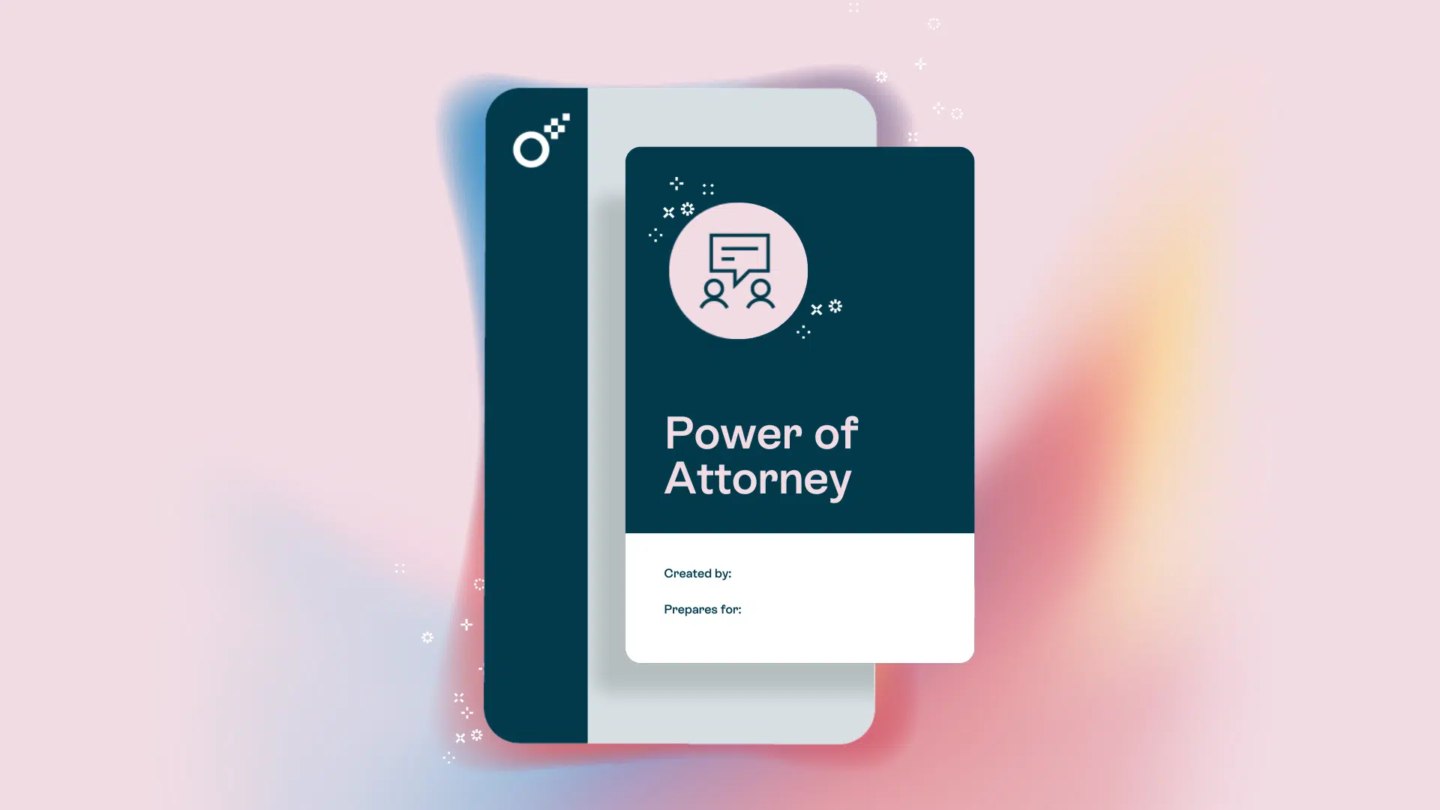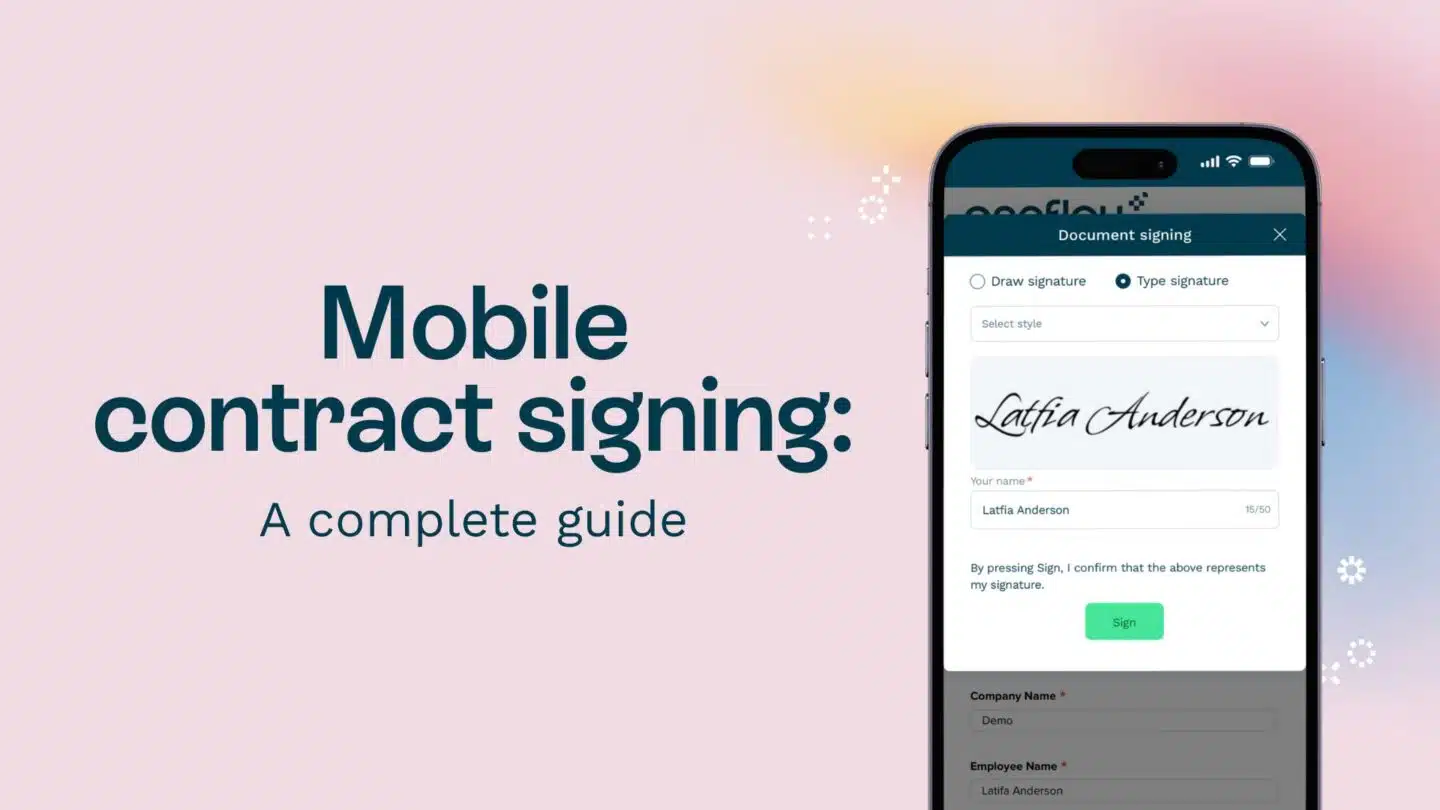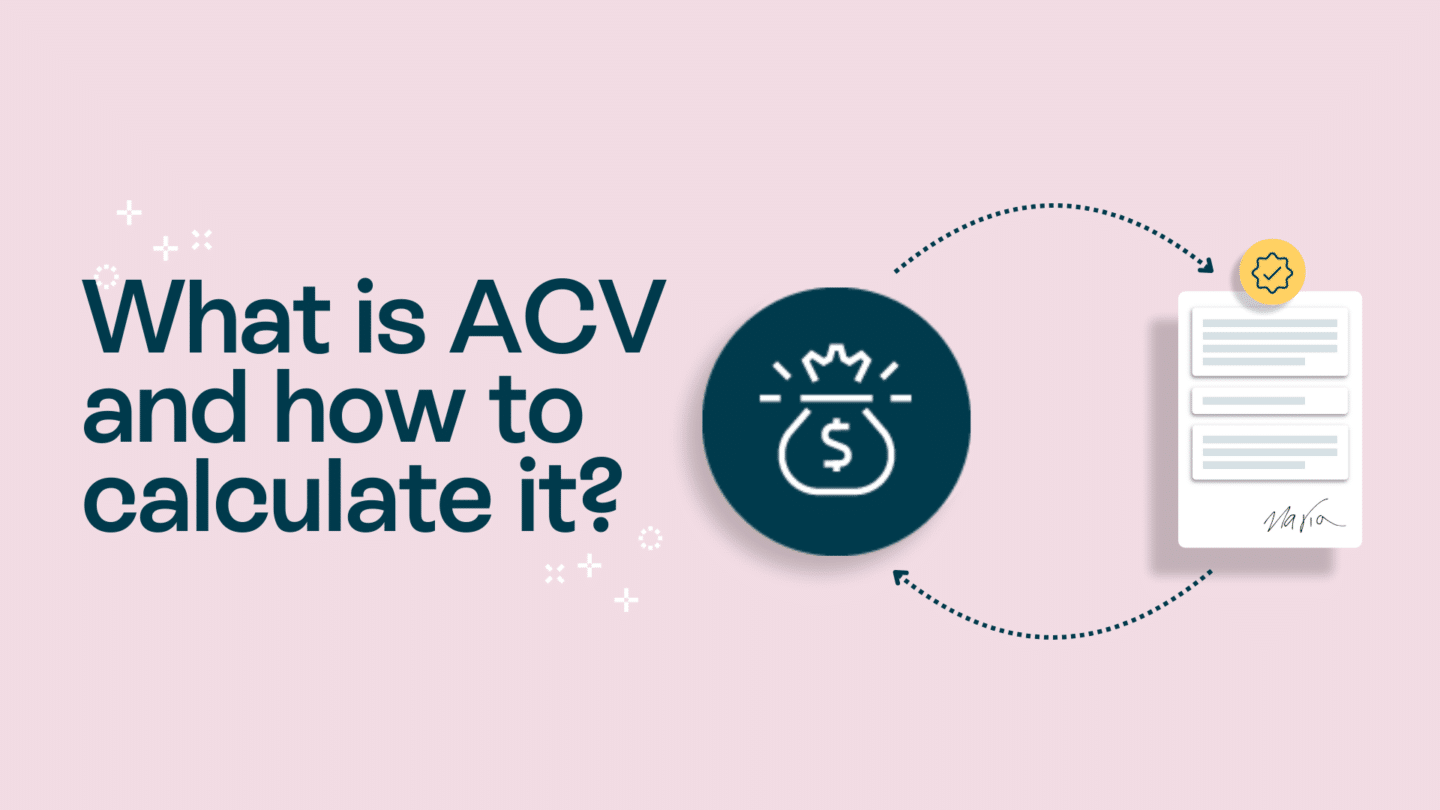If you ask 100 managers to list the biggest challenges in managing a hybrid workforce, you’ll likely get 100 different answers.
But the onboarding process would probably feature in everyone’s top three—and it’s certainly a challenge worth addressing.
This article will look at a few strategies for turning what can seem like a headache into a positive experience for companies and new hires.
The rise of remote work and the need for hybrid onboarding
The sudden leap in remote working post-pandemic prompted a shift in many people’s work patterns. Remote working is now so firmly established that companies not offering flexibility could miss out on top talent, including a horde of Gen Z employees. In fact, statistics about remote work emphasize its significant impact on the modern workforce and work culture.
On the other hand, there are still people who prefer to be in an office at least part of the week. This trend is leading many companies to adopt a hybrid work model.
Knowing how to manage a mixture of remote and on-site team members is becoming a necessity—one that poses distinct challenges. One of the trickiest is ensuring employees feel that they’re a valued team member.
Nowhere is this more important than when onboarding new hybrid hires.
Why hybrid onboarding matters?
According to the State of Hybrid Work 2022: Europe report by Owl Labs, 46% of respondents believe proximity bias exists in the workplace. In other words, people who work on-site tend to be perceived as better workers by bosses simply because they see them more often.
Having a structured and transparent hybrid onboarding process is an excellent way to address this. It sets the bar for equal treatment of remote, hybrid, and on-site workers. There are several other benefits, too.

1- It addresses the challenges of remote and traditional onboarding
Despite what you might think, the challenges of hybrid onboarding don’t all relate to technology. After all, most remote processes can easily be done with the help of creative digital solutions like electronic signatures.
Instead, it’s about reconceptualizing the onboarding experience and how it can be done even-handedly for remote and on-site workers. This also offers an opportunity to address some of the issues that traditionally plague onboarding of any kind.
Traditional onboarding can be a hit-and-miss. One person’s responsible for organizing and setting up the IT equipment, another for providing the HR policy—and nobody thinks to tell the newbie where the coffee machine is. It’s easy for the process to feel disjointed, leaving new workers feeling lost.
Implementing a well-thought-out hybrid strategy allows you to create a truly comprehensive onboarding experience that shows you’ve invested time and thought into making hybrid employees feel welcome, comfortable, and engaged.
Read also: The benefits of streamline your business with electronic signatures
2- It personalizes the onboarding experience
We’re all unique, and an intelligent onboarding policy should recognize that. Just as you may already focus on personalization to help increase customer satisfaction, so it goes with your employees.
However, personalization doesn’t just mean putting someone’s name on a guidance booklet. It’s about nailing the finer details.
When onboarding new staff, this could include:
- Providing training schedules to suit different time zones.
- Sending out pre-hire questionnaires to ask new team members about their interests, then sending them recommendations for work social groups to join.
- Finding out if the hybrid employee has preferences around communication methods and noting them on the system.
If this sounds like a lot of effort, don’t worry; various tools and techniques can help you. One option is to implement Enterprise Resource Planning (ERP) processes with the help of ERP software.
ERP can be a game-changer for many businesses as it allows you to manage crucial parts of your business in a single system. Think of it as connecting the dots between individuals, teams, and departments.
From this single system, you can file personalized data for each employee to refer back to at a later date. In addition, you can store orientation documents, request new employees to submit relevant forms, and enroll hybrid employees onto benefit plans.

3- It increases socialization and relationship building
It goes without saying that remote staff won’t have spontaneous chats around the office. So you need to create opportunities to move the cooler chat online.
Since team members will likely work different schedules, you need to be careful how you do this. There’s no point holding a virtual social event at the same time each week if only 25% of the team can make it.
Instead, consider a mixture of options to suit varying tastes, such as:
- Monthly games sessions.
- Birthday announcements.
- Buddy systems.
- Channels dedicated to chatting about hobbies or special interests.
4- It creates an opportunity for hands-on training and shadowing
A hybrid onboarding program offers the perfect opportunity to conduct hands-on training with new team members that isn’t usually part of the traditional onboarding process.
For example, you can set up procedures to connect both remote and on-site employees with team leaders in other regions to give them exposure to international projects. It might even be possible to arrange for trainees to shadow contracting teams to get a more rounded view of how things are done.
This kind of initiative can be especially beneficial for small companies that are experiencing hyper-growth and looking to scale by going public. If you’re looking to attract new investment through an Initial Public Offering (IPO), you’ll need to convince investors that your organization is well-positioned for future challenges.
As well as completing comprehensive accounting prep for IPO prospectuses, companies going public need to be ready to explain their long-term strategy. Being able to demonstrate a forward-thinking onboarding and training program can give you an edge with investors.
Read also: People, the most important part of your organization

5- It helps accommodate different learning styles
We’ve already looked at a few options for personalizing hybrid onboarding. But we haven’t yet explored one of the great advantages to be gained from it: tailoring your training to different learning styles.
If one employee prefers to learn by reading, they’ll be happy with extensive documentation. If another is a more visual learner, ensure they have access to informational videos and webinars.
Many people find that a mixture of formats reinforces their learning. With that in mind, it’s a good idea to make information available in several ways.
6- It’s more cost-effective than traditional onboarding
Let’s face it: saving money is always a bonus. By offering a hybrid model, chances are you’re already cutting costs, especially if you require less office space or don’t need to pay employees’ commuting expenses.
However, you may find that introducing a cohesive approach to onboarding increases cost-efficiency in other ways as well. That’s because the earlier your employees are fully engaged, the more productive and enthusiastic they’ll be. This has knock-on effects in terms of improving staff retention rates and increasing profits.
In summary
Hybrid employees are still a valuable part of today’s workforce—that’s why hybrid onboarding still matters.
Your new employees deserve the best possible start. With a little planning and creative thinking, you can ensure your hybrid teams have everything they need to thrive in their role and engage with the rest of the company, creating a positive experience for everyone.





